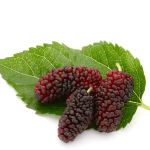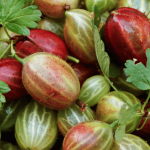From Scandinavia to Your Garden: How to Grow Lingonberries
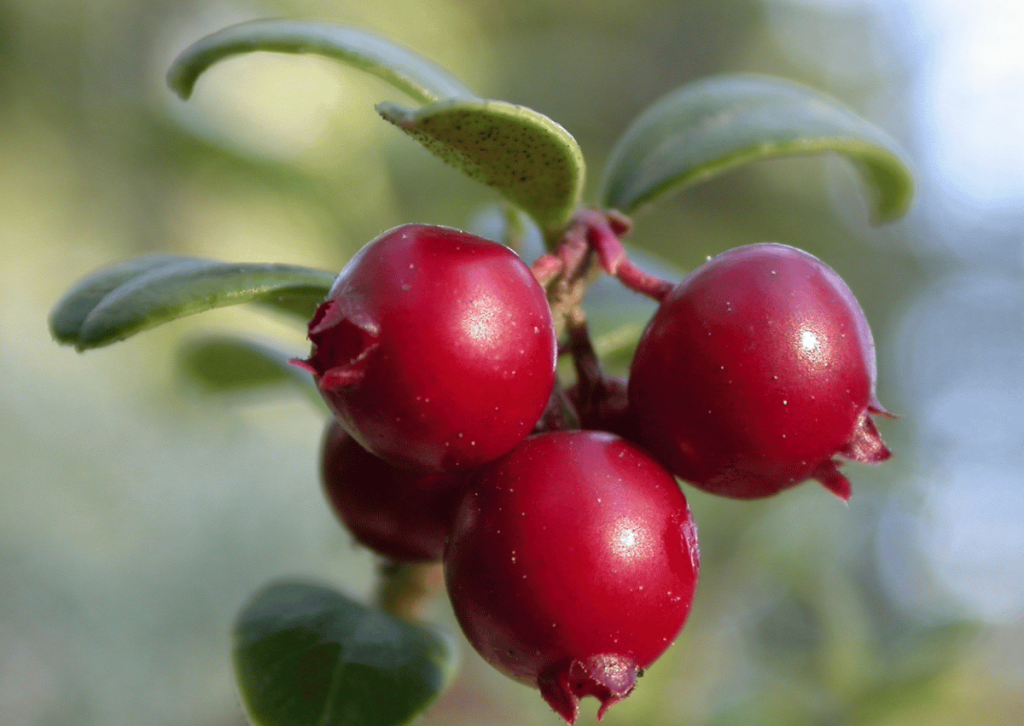
Lingonberry is a small but mighty berry that is native to Scandinavia. If you haven’t heard of it before, you’re in for a treat! Lingonberries (Vaccinium vitus-idaea) are bright red, similar in appearance to cranberry, and are known for their tart taste. These berries are an important part of Scandinavian cuisine, often used in jams, sauces, and baked goods. They are also high in antioxidants, including vitamins C and E, and manganese and plant compounds like anthocyanins and quercetin [Source: ].
Lingonberries grow in cool climates and are often found in the wild in Scandinavia. Most people that want to pick them will want to go in the wild instead of growing them at home and we can do that because we’re allowed to do so. However, they can also be grown in yards and gardens, particularly in zones 2 through 6 as determined by the USDA agricultural hardiness scale. Lingonberry shrubs make a great addition to any garden and are often used as borders or in containers.
In Scandinavian cuisine, lingonberry jam is a traditional accompaniment to many dishes, including Norwegian pancakes, Swedish meatballs, and potato pancakes. The berries are also used to flavor drinks, sauces, and desserts. In fact, lingonberries have the highest awareness of any Scandinavian flavor, making them an essential part of the region’s culinary identity.
Buying Lingonberry Plants
Buying lingonberry plants is the easiest way to get started. Lingonberries are relatively easy to grow, so even if you live near the woods where they naturally grow, it is possible to cultivate them in your garden. You can buy plants, cuttings, or seedlings, and if you can provide the right growing conditions, you can grow your own lingonberry shrubs in your garden.
Lingonberries are not as common outside of Scandinavia, but it is possible to find lingonberry plants to grow in your garden. A good starting point is to check with local nurseries, particularly those specializing in fruiting plants or edibles. Alternatively, you can look for lingonberry plants online.
Preparing the Soil for Lingonberries
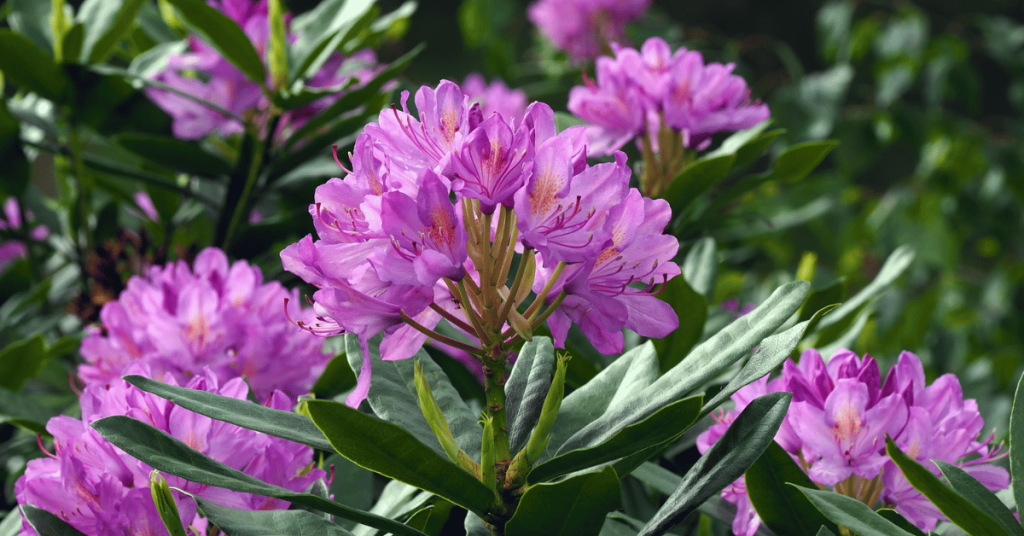
Lingonberries require acidic soil that is low in pH, so it is best to use a sandy soil mix that is free of limestone. You can also use rhododendron soil, which has the right conditions for lingonberry bushes. Adding a little peat to the soil before planting will increase the likelihood of successful growth, as lingonberries thrive in soil with high levels of humus.
Planting the Lingonberries Bushes
Choose a shady, moist spot in your garden to plant the bushes. Dig a small hole and water it thoroughly before planting. Space the plants about 20-30 cm ( 8-12 inches) apart and leave a meter (3 feet) between rows. Cover the plants with a fiber cloth or similar material to protect them from deer and other hungry animals.
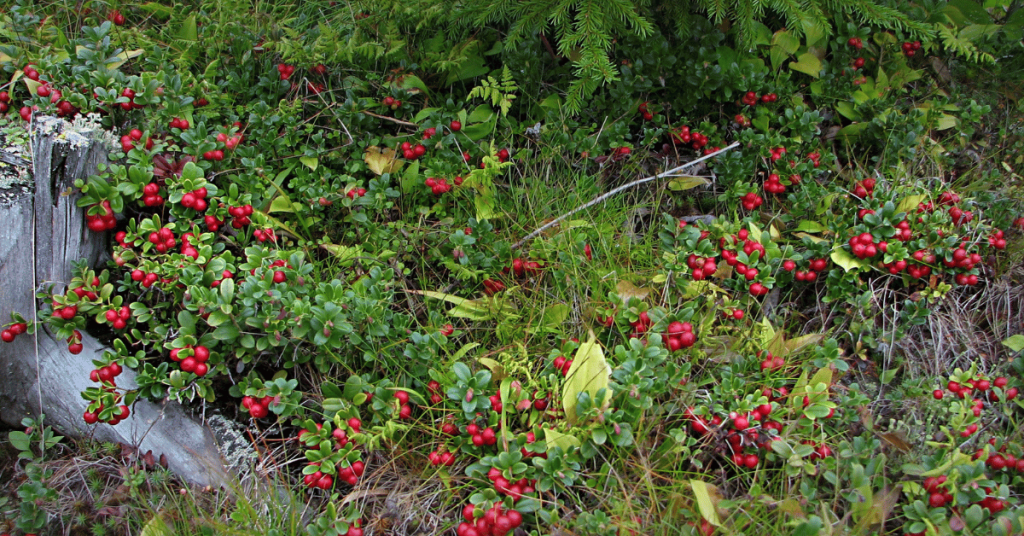
Taking Cuttings from Lingonberry Bushes
Once your lingonberry bushes have grown, you can easily propagate them using cuttings. Take cuttings from the youngest shoots on the plant in late April or early May, cutting them down to 5-20 cm (2-8 inches) in length. Plant the cuttings in a soil mix of moist peat, perlite, leca, or sand as soon as possible to prevent them from drying out.
Place the cuttings in a humid, enclosed area, such as under white plastic, to protect them from excessive temperatures. If the inside of the plastic is moist, this will often be enough to maintain good humidity for your cuttings. However, be sure to avoid overwatering the leaves, as this can cause mold. Allow the cuttings to grow roots, which typically takes about two months, before planting them in your garden.
Harvesting Lingonberries
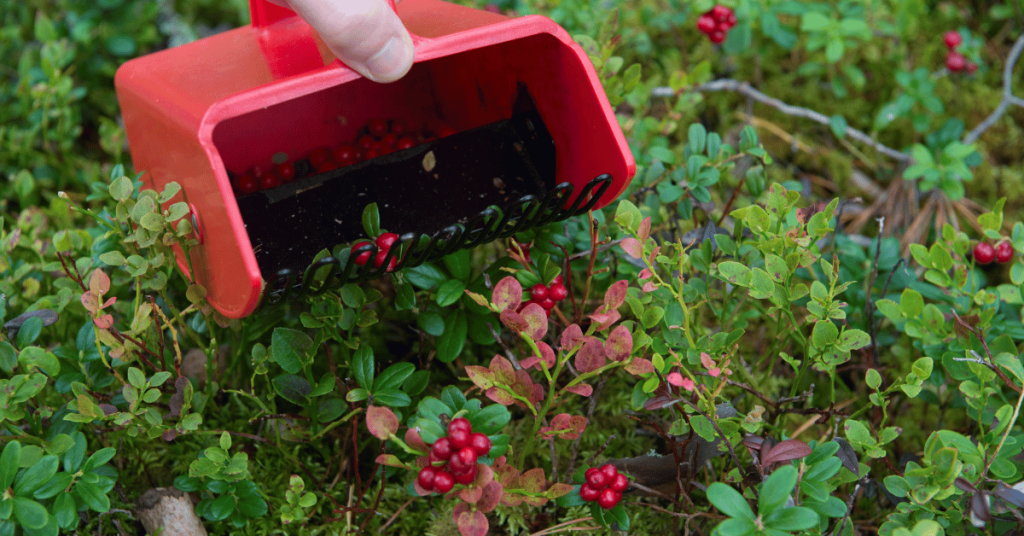
Lingonberries are ready to harvest from late September to early October. Pick them by hand or use a berry comb, which can be found at most garden stores. Lingonberries can be stored in the refrigerator for up to a week or in the freezer for up to six months.
Conclusion
Growing lingonberries is a great way to enjoy a delicious, nutritious fruit that is abundant in Scandinavia’s forests. With the right soil mix, growing conditions, and care, you can cultivate your own lingonberry bushes in your garden and enjoy a fruitful harvest for years to come.
Embark on a Comprehensive Journey Through Scandinavian Fruits and Berries
If you’ve been intrigued by the prospect of growing lingonberries in your garden and are eager to learn more about the fruits and berries that thrive in Scandinavian climates, our Top 10 Berries and Fruits for Scandinavian Gardens: A Comprehensive Guide is the perfect next step for you.
This guide is an extensive resource that will help you explore a wide range of fruits and berries suitable for your garden, complementing your interest in lingonberries.
Why You Should Dive into the Comprehensive Guide:
- Soil Compatibility: Discover other fruits and berries that thrive in similar soil conditions as lingonberries, allowing for a harmonious garden ecosystem.
- Cultivation Techniques: Gain advanced tips on planting, harvesting, and caring for a variety of fruits and berries, building on your knowledge of lingonberry cultivation.
- Culinary and Nutritional Aspects: Learn about the nutritional benefits and culinary uses of other fruits and berries, expanding your options for a healthy and diverse diet.
Don’t miss this chance to broaden your gardening horizons and enrich your culinary experiences. Read the Comprehensive Guide Now.



